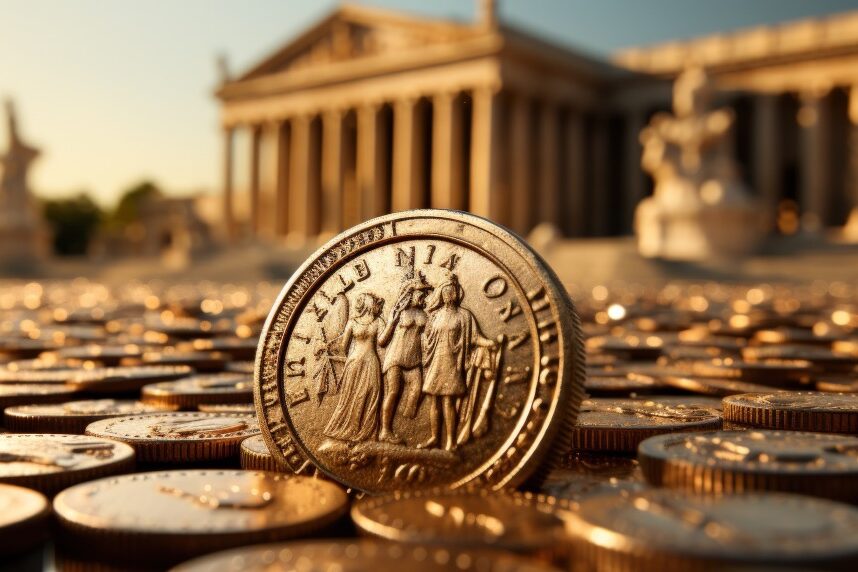Matteo Bruno Lunelli is on a mission. The charismatic Chairman of Ferrari Metodo Classico wants us to know that Italian sparkling wine is not limited to Prosecco, the ubiquitous dry sparkler that makes a mean mimosa, or Asti Spumante, the syrupy-sweet fizzy Moscato that you may have stolen from your parents’ cabinet in high school.
In fact, Italy makes some world-class sparkling wine, utilizing the same proc-ess and gra-pes as the Champenois.
Lunelli’s company has been producing such wine – with great success – for over 100 years. It is known as “the toast of Italy,” having been served at the President’s house, to celebrate the country’s anniversary, and its soccer World Cup victory, among many other celebrations.
So then why haven’t I had it before this week?
That’s the question that brought me to Ristorante Tosca, the chic Italian dining spot in downtown Washington, D.C., on a hot July afternoon, to dine with Lunelli and several other wine journalists and professionals. Lunelli was in town to meet the new Italian Ambassador to the United States and for an event with the Congressional Wine Caucus. In between these higher-profile engagements, Lunelli is trying to teach Americans what Italians have long known: that an Alpine province that was part of Austria until the last century happens to be one of the world’s best spots for growing Chardonnay for sparkling wine.
In 1902, Giulio Ferrari returned to Trentino in northern Italy after studying in France with a dream to create outstanding wine using the classic Champagne method he had learned. He planted Chardonnay and quickly discovered that his instincts were correct. Ferrari’s vineyards on the slopes of the Dolomites – 300 to 700 meters above sea level – experienced hot days and cool nights that were perfect for ripening the grapes while preserving the natural acids. In addition to this essential diurnal temperature variation, Ferrari’s vineyards also had ideal soil diversity – limestone and granite, among other types.
Italians quickly took notice, and a whole new industry was born. Ferrari was the first to plant Chardonnay in all of Italy; now it can be found from Trentino to Sicily. And sparkling wine from that province now has its own designation – Trento D.O.C. – which requires adherence to a set of regulations, including restrictions on yields, limitations on grape varieties, and minimum aging periods on the lees. While close to 30 wineries belong, over 50% of the production in the Trento D.O.C. belongs to Ferrari.
That is all to say that Ferrari must’ve been doing something right for the last century, but what is the result? After all, Lunelli, a former Goldman Sachs investment banker, could sell ice to the proverbial Eskimo – could the wine walk the walk?
In a word, yes. Across the whole lineup, I found the wines to be consistently excellent, with a distinct style apparent from the entry level non-vintage brut through the world-class single vineyard reserve. Lunelli explained that the goal is “never to compromise the quality” in any of the wines.
“The biggest challenge,” he said, “is to make an outstanding non-vintage year after year,” because it is the company’s flagship bottling. Citing the Aristotelian adage of excellence as habit not act, Lunelli described the attitude with which his family has sought to imbue the company: “Everyone has to be involved, and feel involved [in the success of the wine].”




























